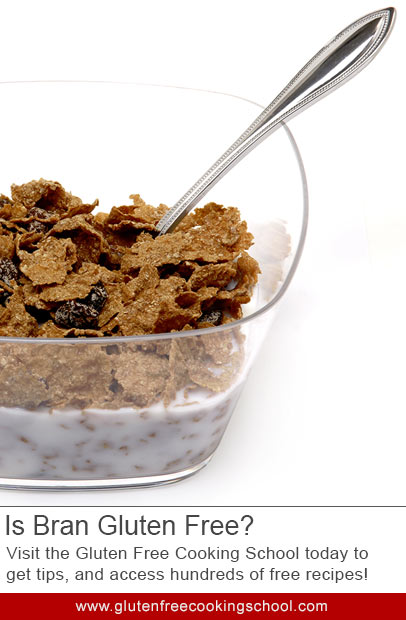A kernel of wheat has three different parts: the the endosperm, germ, and the bran. All three of these different parts contain gluten. So, bran is not gluten free. It is wheat-based, and while some varieties of gluten free bran are sold, these have been treated with advanced color-sorting techniques that removes any impurities. The bran is then mixed with oats, almonds, chia or another gluten-free substance other than wheat. Gluten free bran also goes through a special facility to avoid contamination.
Bran Nutrition Facts
There is very little fat and cholesterol in bran, but the amount of carbohydrates and dietary fiber is high. Special mixtures, such as oat bran, will contain higher amounts of total carbohydrates per serving.
Health Benefits
Bran is a great source of dietary fiber, iron and protein. Including it in your diet for a long period of time can reduce cholesterol in the body due to its beta-glucan content. Bran also supports the immune system. Some studies suggest bran helps regulate blood sugar content.
Gluten-Free Alternatives to Bran
Oat-based bran, as opposed to wheat-based bran, is gluten-free. Chia seed bran can also be a great alternative and it is very high in protein. If the bran is typically used for baking, try substituting almond meal flour. Look for special gluten-free varieties on the market.
